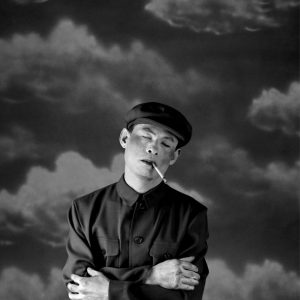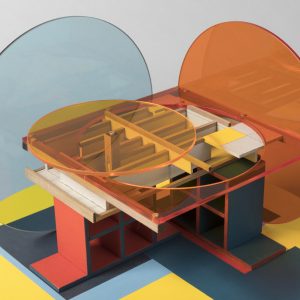
Craig Easton : Is Anybody Listening? Commissioning and Collecting Socially Engaged Photography
A summary of the Socially Engaged Photography Symposium held in February 2024 as part of the 'Craig Easton : Is Anybody Listening?' tour.

A summary of the Socially Engaged Photography Symposium held in February 2024 as part of the 'Craig Easton : Is Anybody Listening?' tour.

Socially Engaged Photographer Gwen Riley Jones shares why the Sustaining Photography project is important to her.

Gwen Riley Jones refelcts on a blog first written in May 2022 discussing early work with Salford Youth Council and the origins of 'feeling triangle'.

A Throwbhack Thursday blog ahead of the launch of new exhibition 'Some Days I Feel Triangle'. Gwen gets to know members of Salford Youth Council. Their conversation begins by discussing 'What is NOT art?'

Some Days I Feel Triangle exhibition from Gwen Riley Jones and Salford Youth Council. 1st February-28th April, New Adelphi Exhibition Gallery.

Socially Engaged Photographer Gwen Riley Jones discusses the LOOK Photo Biennial 2022: Climate x University of Salford

Anthotype workshops at the Rediscover Salford event remind us to choose more sustainable ways to live.

Gwen gets to know members of Salford Youth Council. Their conversation begins by discussing 'What is NOT art?'